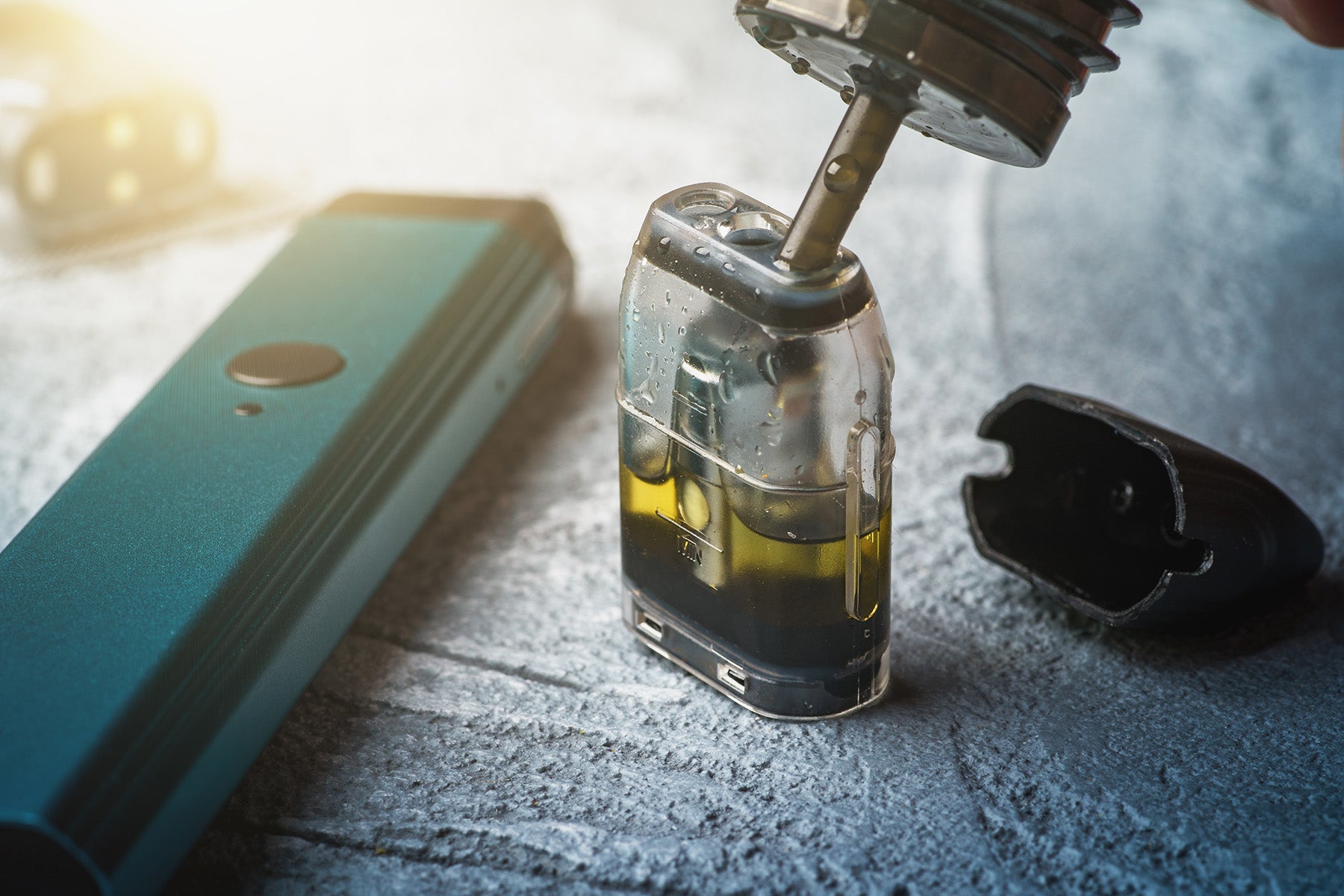
Coils: Extending the life of your vape
When first starting out vaping, one of the terms you’re likely to hear is ‘the coil’. In the most basic terms, the coil is the heating element that sits inside your liquid tank.
Each vape device has a coil inserted in the tank or pod. The coil is usually a small stainless steel object which sits in the centre of the tank, and which will usually have some writing on the side.
Inside this coil is some cotton, which works to absorb the liquid inside the tank. Pressed against this cotton is some wire. When you hold down the button on your device, the wire heats up and turns the liquid absorbed in the cotton into vapour, which you then inhale.
Coils are one of the major features of any vape device and something that you will quickly get used to. They allow you to maintain a clean, nice flavour with an easy inhale.
One of the main benefits to the coil system is that they can be easily changed, which means when a coil is at the end of its life you can switch it out for a new one.

When does a coil need to be changed?
There are several ways to tell if a coil needs replacing.
First, and most obvious, is a burnt taste to your vape. This happens when the coil has been heated up enough times (usually anywhere between several hundred to several thousands puffs) that the cotton has started to change to a brown or black colour and taken on a burnt taste. It’s time to change your coil, immediately removing the burnt taste and renewing the flavour of your e-liquid.
Second, you may notice a loss of vapour production. You will sometimes note that a loss of vapour production coincides with the draw being tighter. This can sometimes be overcome by cleaning your tank out with warm water (do not wash the coil itself), which could alleviate some of the problems. If not, it’s time to replace the coil.
Third, you may notice your tank is leaking. While leakage can be due to several different factors, it can also be the result of the cotton within the coil becoming unable to absorb juice. Once a coil stops absorbing e-liquid, the juice will flow through the cotton and down through the airflow holes at the base of your tank. Again, it’s time to change your coil.
Extending the life of the coil
One way to get the most out of your coils is to properly prime them. Every time you change your coil, you must prime it.
Priming is simply the act of allowing the e-liquid in your tank to adequately soak into the cotton before you fire it. Firing a dry coil will simply burn it and either shorten its life or render it useless immediately.
There are two ways to do this.
First, you can fill your tank and simply leave it for about 10-15 minutes. Once you begin using your tank, either take dry inhales (inhale without pressing the button) a few times, or use the vape for shorter puffs at a lower wattage. Once the juice starts flowing through properly (you’ll know this is the case when you don’t get any dryness at the end of an inhale, and your flavour is nice) then you have properly primed your coil.
Secondly, on wider coils where the cotton is visible, you can drip two or three drops directly onto the cotton in the top of the coil. This will allow you to use your vape quicker, but also risks the possibility of ‘flooding’ your coil, which means you’ve added too much e-liquid.
There are many different coils
For any given kit or tank you will notice that there are often many different coils available. While each tank differs, the general rule of thumb is as follows:
The lower the resistance (ohms) of a coil, the more power it requires to run and the more vapour it will produce. The higher the resistance of a coil, the less power it requires to run and it will produce smaller amounts of vapour.

Make your decisions based on these differences. If you are seeking a tighter inhale closer to smoking, choose a higher resistance coil (high ohms number). Alternatively, a lower resistance coil is best for looser inhales and more vapour production.
Whichever style you choose, both the tips for priming your coil and the signs for when to change your coil remain the same.
